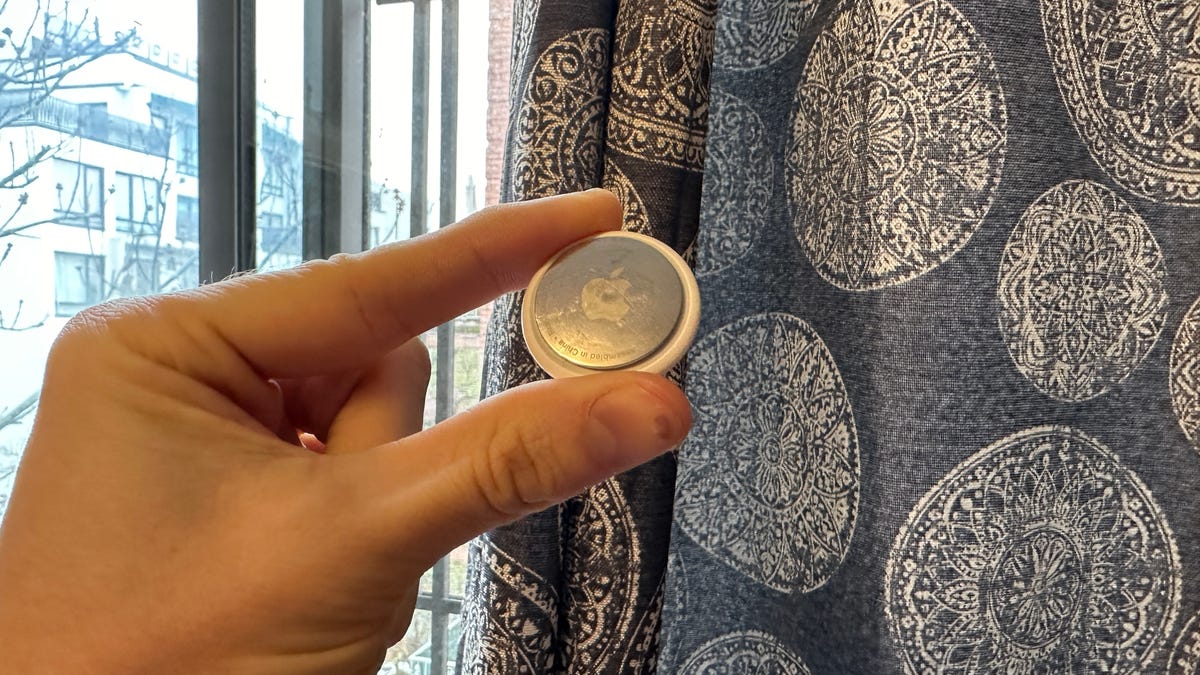Entertainment
New docs show fans a new side of their favorite artists
I’m a chronic over-packer, and this lightweight duffel completely changed how I travel
LifeStyle
As someone who loves pretty things, I’ve always insisted on having aesthetically pleasing luggage. The inside of said luggage, however, has tended …
U.S. targets Iran’s drone production in retaliation for Israel attack
World
The Treasury Department on Thursday announced new sanctions on Iran in retaliation for its recent aerial attack against Israel, as the Biden …
The Best Uses for Apple AirTags Other Than Finding Your Keys
Technology
Despite their ever-present controversy, trackers, particularly Apple’s AirTags, have proved helpful over the past three years since their first release. We now …
Tesla Stock Could Hit New 52-Week Low After Downgrade On ‘Thesis-Changing’ Shift
Business
Tesla (TSLA) stock fell Thursday, marking a new 52-week low, as the global EV giant received a downgrade based on Chief Executive …
The Last Airbender’ Release Date Delays to 2026
Entertainment
Courtesy of Nickeolodeon Paramount has delayed “Aang: The Last Airbender” to 2026 and moved “Transformers One” back by one week. The animated …
2024 NHL playoff preview: Boston Bruins vs. Toronto Maple Leafs
Sports
By Dom Luszczyszyn, Sean Gentille and Shayna Goldman Here we go again. For the third time in the Auston Matthews and Mitch …
You will soon have a chance to see an exploding star: ‘Once-in-a-lifetime thing,’ NASA says
Science
The Great North American Eclipse has passed but skywatchers will soon have the opportunity to see something NASA experts are describing as …
Risk of bird flu spreading to humans is ‘enormous concern’, says WHO | Bird flu
Health
The World Health Organization has raised concerns about the spread of H5N1 bird flu, which has an “extraordinarily high” mortality rate in …
















